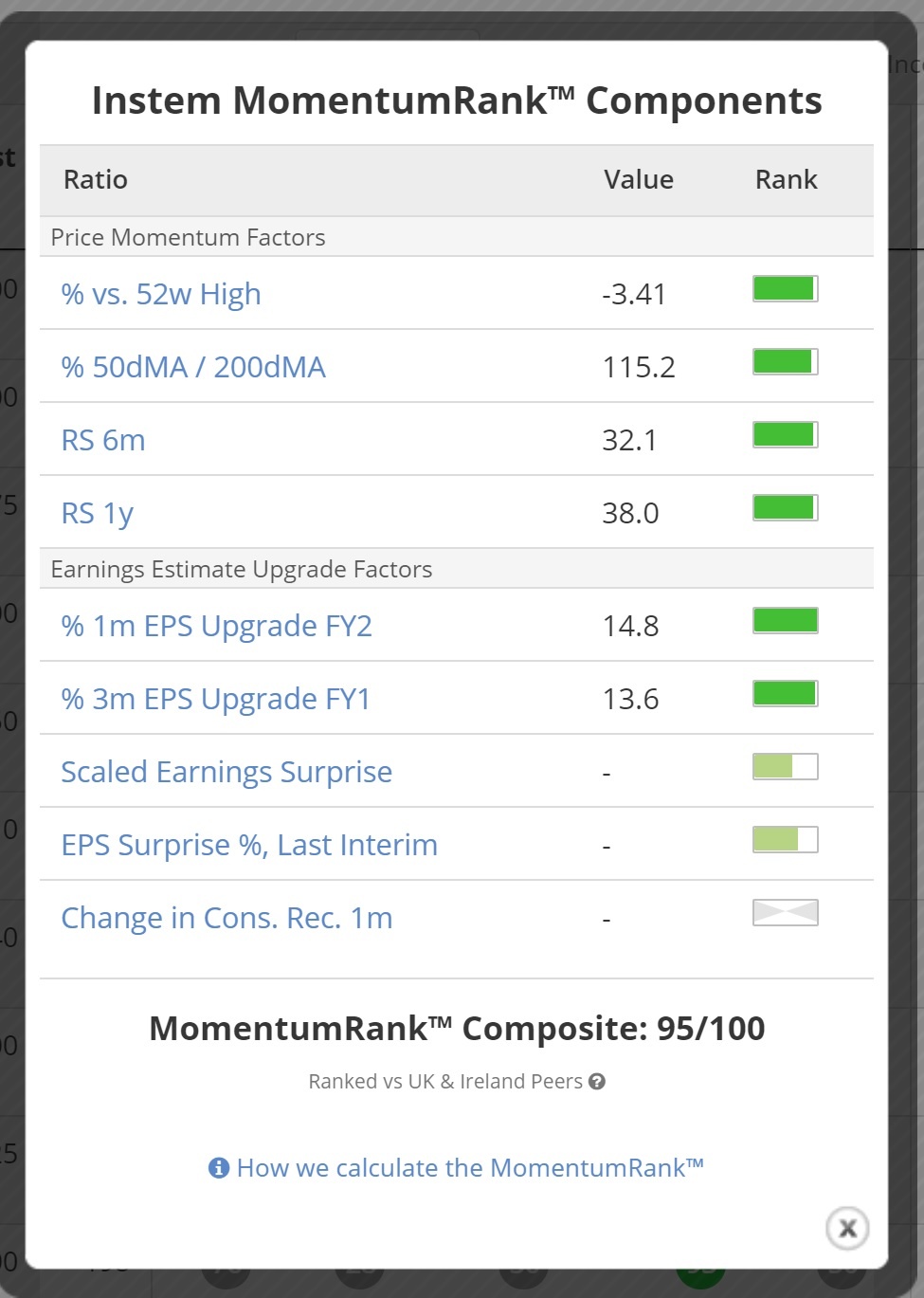Despite ongoing Brexit uncertainty, the FTSE All-Share has actually been on a tear of late, up by more than 10% in the year to date. What’s more, on a forecast PE of less than 13 and a forecast yield of around 4%, it looks like there is plenty of room for growth - and the biggest success stories are sometimes not obviously cheap stocks, but high-quality operators with improving outlooks.
Top analysts and investors such as Warren Buffett and Michael Mauboussin say capital allocation - the deployment of company time, money, ideas, and people - is the key to building moat-like quality and profitability characteristics. It is perhaps the most fundamental driver of future share price performance. If you find a company that consistently allocates its capital profitably, chances are you are onto a long-term winner. Often, they end up getting classified as Super Stocks or High Flyers.
Unfortunately, CEOs are not generally promoted based on their ability to allocate capital, even though this is what they then go on to spend time doing. Buffett sums it up nicely in his 1987 letter to shareholders:
“Most bosses rise to the top because they have excelled in an area such as marketing, production, engineering, administration or, sometimes, institutional politics.
Once they become CEOs, they face new responsibilities. They now must make capital allocation decisions, a critical job that they may have never tackled and that is not easily mastered. To stretch the point, it’s as if the final step for a highly-talented musician was not to perform at Carnegie Hall but instead, to be named Chairman of the Federal Reserve.”
And from Mauboussin:
“Capital allocation is one of management’s prime responsibilities. Yet few senior executives are versed or trained in methods to allocate capital most effectively. Further, incentive programs frequently encourage behaviors that are not in the best interests of long-term shareholders.”
So if you’re only looking at sales and earnings growth, there is a vital question not being considered: how is this growth being funded?
Screening for upwardly mobile, high quality companies
That’s where ratios like return on equity (ROE) come in. ROE measures how efficiently a company uses Shareholders’ Equity to generate profits. It is calculated by dividing net income by book value of equity.
It’s no coincidence that Buffett is a fan of the measure - companies with high ROEs tend to exhibit the high-quality, moat-like…

.jpg)






.JPG)




